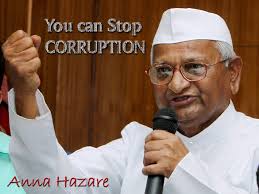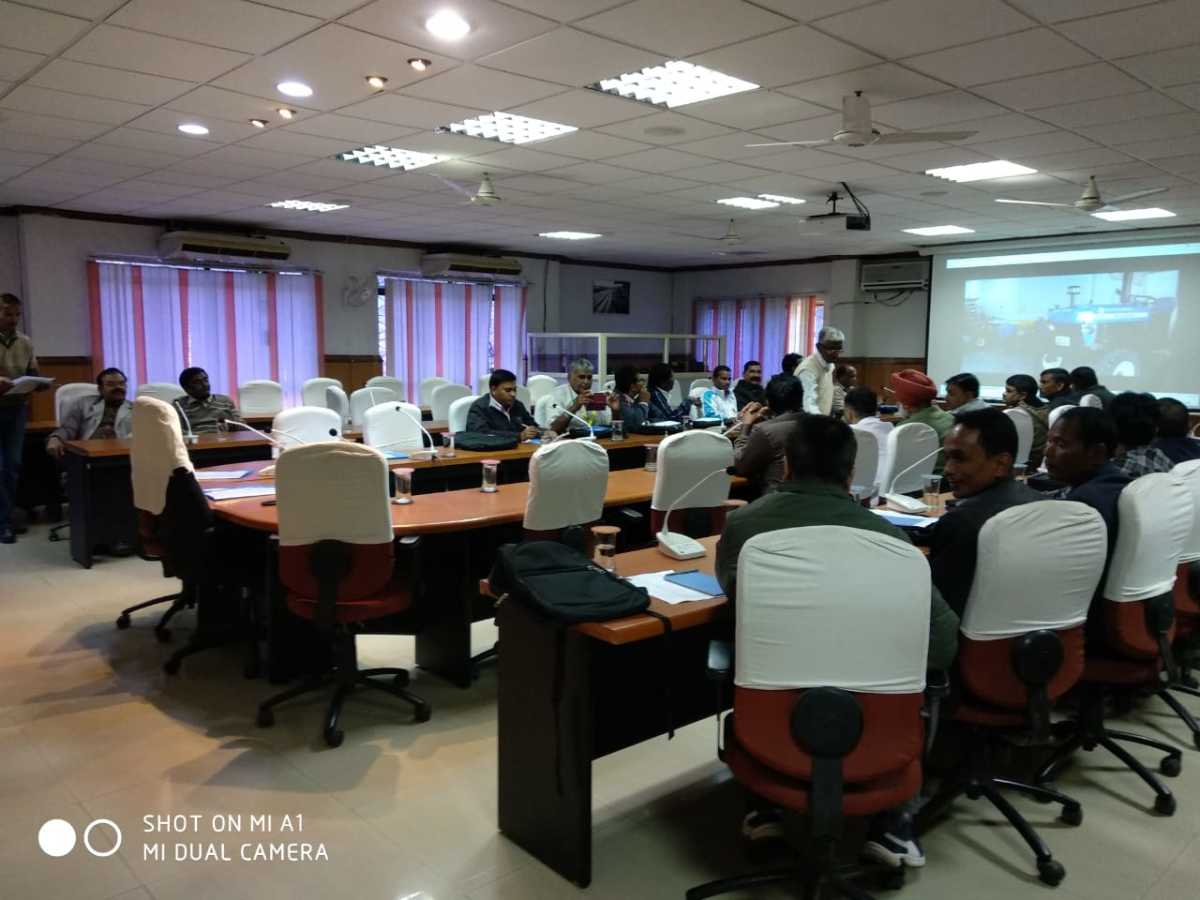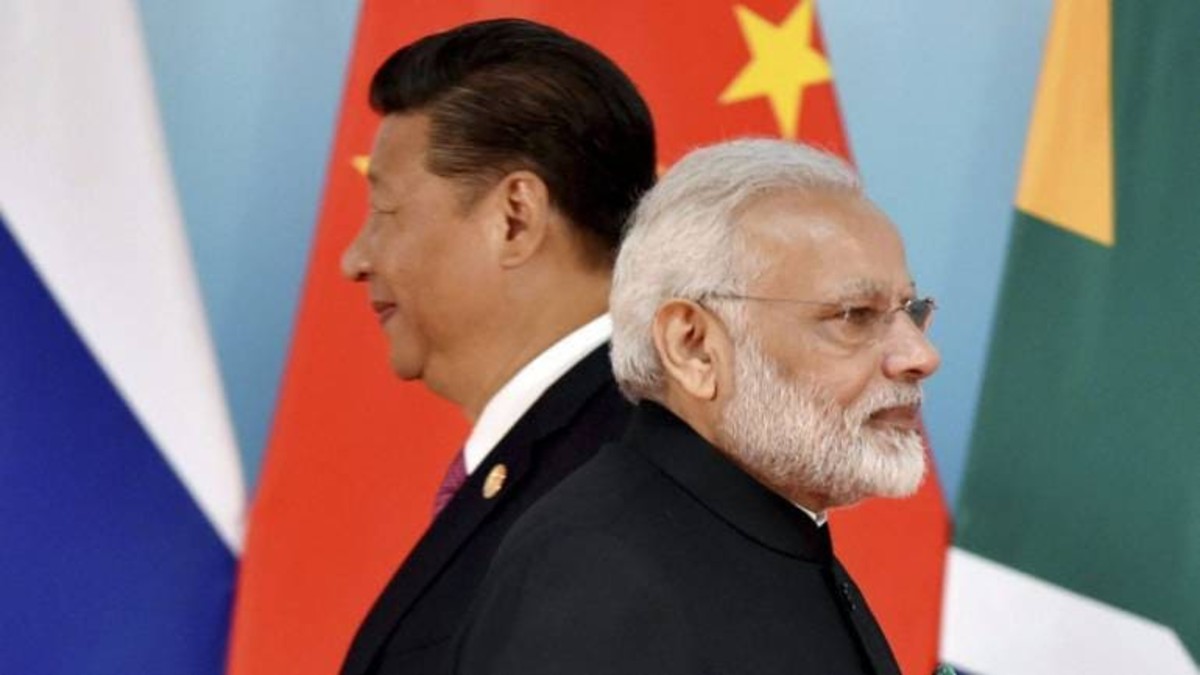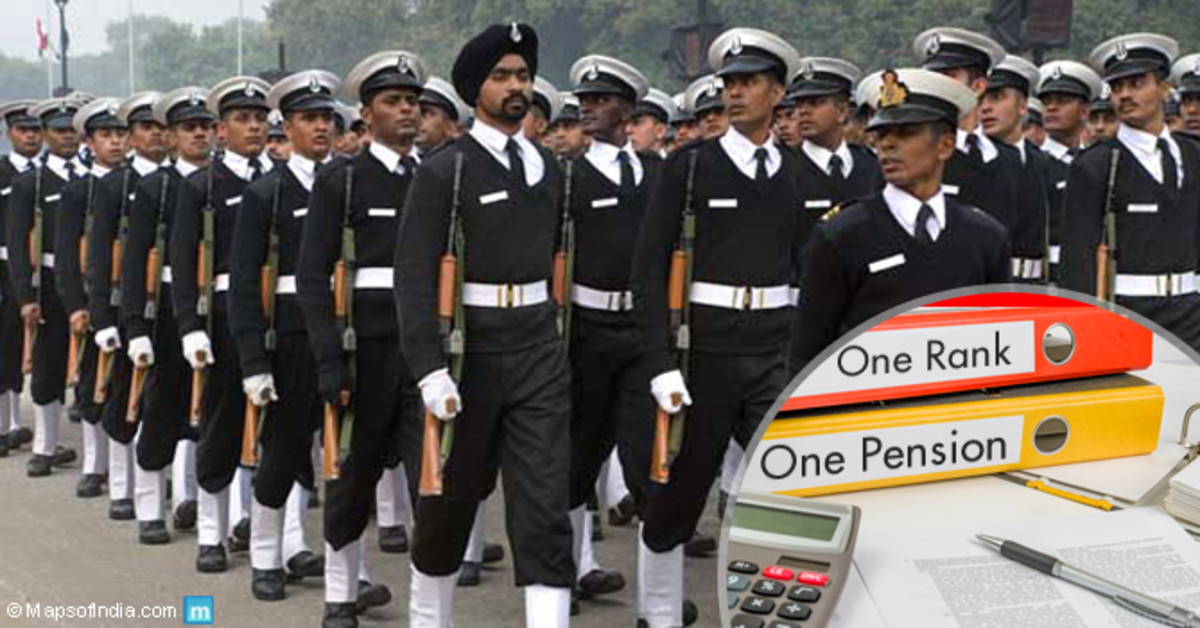Media, Mass Communication Theories, & the Anna Hazare Movement

Large scale corruption in 2010 Commonwealth Games followed by 2G scam had left a bitter taste in every Indian. Things looked gloomy. To add to the misery, the then Prime Minister Dr. Manmohan Singh and his men looked utterly helpless and lost. At this crucial juncture, Anna Hazare, a dhoti clad Gandhian made a grand entry pumping infinite hopes into the sinking hearts of the Indian public.
As far as the media was concerned, this was a 'God- sent' opportunity to assuage the broken sentiments of the Indian public. Indeed, just when every Indian had begun to feel proud of the advancements of the country in IT and other sectors, he was rudely awakened by the wide spread corruption in the country. By all means, things were in bad shape!
Jan Lokpal Bill and its importance
In a democratic country, this was a Bill that sought to check corruption in the country by having watch dogs in the form of Lokpal and Lokayukt, at every level of functioning. Prior to Anna Hazare movement, there had been as many as eight attempts to pass this Bill. Yet sadly, majority of the Indians had no idea about the Bill, which happens always. But Commonwealth Games shame followed by equally ignominious 2G scam made the Indian masses sit up and take notice of a common looking man who managed to kindle a small ray of hope in their hearts. Thus, this was the first time that an average Indian understood the meaning of Lokpal (local man's friend) and Lokayukt (Local man's appointee). In every way, this was the Bill that promised to bring everybody under its purview- right up to the Prime Minister.
And indeed, thanks to this single man's efforts, the Bill was finally passed in the Parliament in 2013. The history will always remember Anna Hazare for this.
How Anna Hazare got public attention
Having served as a soldier in the Indian army, Anna Hazare by all means represented the ordinary Indian man known for his simple needs. This apart, he hailed from a small village -Ralegan Siddhi in Maharashtra. Thus this was the man who spoke the language of the common man and also understood the agonies of a struggling Indian family. Not surprising that the Indian public with many of them still having roots in villages developed a strong liking for this man. Besides, every Indian by now was also very tired of pretense and false hopes.
Media's decisive role
Media played a very important role in Anna Hazare movement. In fact, the success of the movement can be best explained with the help of 2 Mass Communication Theories—Agenda Setting & Diffusion Of Innovations.
Agenda Setting Theory
Agenda Setting Theory is a famous Mass Communication theory that Prof. Maxwell McCombs & Prof. Donald Shaw arrived at in the 1972 U.S.presidential elections. According to the theory, it is the media that sets the agenda for what people should think about. This finding was based on the research that 'public give a lot of importance to the issues which are given big coverage by the mass media'. This is exactly what happened in the Anna Hazare movement. The hunger strike by Anna Hazare was discussed with great enthusiasm by various TV channels, radio and every national, regional and local newspaper. This resulted in everybody talking about the movement. Indeed, It was interesting to watch bus conductors, vegetable vendors and others, bringing 'Anna Hazare' name in their day to day conversation. Further, with honest cop like Kiran Bedi supporting the cause, there was no question of doubting the movement. The outcome of the reaction was such that media did not dare to divert the attention of the audience to other stories. This besides, with every medium monitoring its competitor in terms of issue coverage, the Intra-media Agenda Setting also came heavily into the picture. In 2013, the country witnessed this phenomenon once again when a young IAS Officer Durga Shakti Nagpal was unfairly suspended by Akhilesh Government of Uttar Pradesh. Every channel, newspaper & radio station was at that time engaged in discussing her wrongful suspension by the state government. The state government finally yielded to the pressure of the media and brought back the honest officer.
Diffusion of Innovations Theory
Diffusion of Innovations Theory first appeared as a 2-step flow model which said that an individual receives information and passes it along to others. Everett Rogers, later, presented this finding in the form of a multi-step flow model in 1983. As per this theory, an idea or message travels through interpersonal contacts or various media & social networks; spreads across horizontally and vertically in the contemporary communities and societies, sometimes causing changes that otherwise would not occur. In India itself, the Anna Hazare movement spread vertically and horizontally to all sections of the society. If the elite were talking about it, so were the office goers, students, housewives, small shop owners and every person in India. If that was not enough, the crusade succeeded in getting the attention of the outside world too. Nations like the US and UK were astonished to see a bloodless movement shaking up a country from its deep slumber. The effect percolated to neighboring countries as well. So much so, that a Pakistani businessman Jahangeer Akhtar declared that he would go on hunger strike as a fight against ‘endemic corruption' in his country. Such a frenzy was noticed at the time of release of a Bollywood movie ‘Lage Raho Munna Bhai’. At that time, influenced by the concept of ‘Gandhigiri’ some people took to sending flowers to corrupt men, with a message of “Get well soon”! The Candle March scene in the Hindi film 'Rang De Basanti' also triggered similar feelings in the people. People took to Candle March when the shameful Nirbhaya Gang Rape took place.
A great show
Truly a great happening! The noteworthy part being that Anna Movement had a noble objective behind it. No wonder, discussing Anna Hazare movement in terms of Mass Communication Theories seem meaningful and interesting today.






